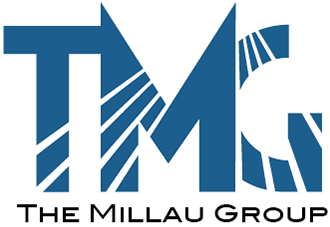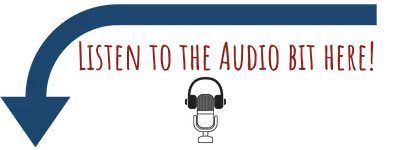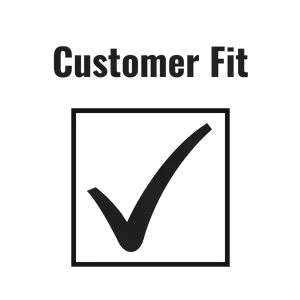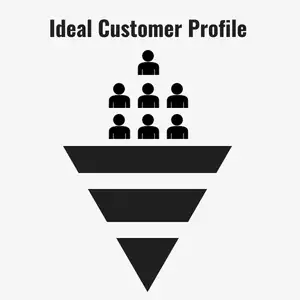Customer Fit Versus Ideal Customer Profile – The Difference and Why It’s Important
Imagine this: you’re a B2B salesperson doing everything you can to move sales opportunities forward to “Closed” or “Customer” status. Your pipeline is full and you’re closing about one out of five (1/5) opportunities. The marketing team is busy feeding you leads that fit the Ideal Customer Profile, but you’re still surprised when one of those four opportunities turn into a loss.
What gives? Each lead matches the Ideal Customer Profile? What’s missing?
Identifying the right fitting opportunities is key to the success of any sale. It’s an element in selling, sales coaching, and sales management that needs to be top of mind from start to finish for the salesperson and as a selling team. In fact, the fit criteria should be up on the wall for everyone in the organization to see. Fit is what points the compass in the right direction, and keeps you there. If you were lost in the woods, you wouldn’t point your compass north and never check it again, would you?
So what’s the difference between “Customer Fit” and your “Ideal Customer Profile?”
A. Customer Fit – The Fit Criteria helps salespeople ensure they’re spending resources with the right opportunities that are likely to turn into success. This is the compass that guides you each step of the way through the complexities and journey of selling and determines which sales opportunities deserve sales resources to move forward. Remember, you don’t check a compass one time when you’re hiking or lost in the woods. The fit criteria are elements within a sale that need to be identified and gut-checked as they’re more likely to influence the outcome of a salesperson being successful.
B. Ideal Customer Profile (ICP) – These are characteristics of a company or the type of person you sell to that helps marketing gather leads and fill the pipeline. This is above the sales funnel and helps marketing and sales teams capture the attention of the market by creating a specific message to a type of audience. This might include size, Location, industry, their product or service, job title and their market position. These are all characteristics that marketing can identify and attract to help salespeople fill their pipeline. These characteristics are also not likely to change over time.
For most, creating your ICP is easier than identifying what criteria makes for a good fitting customer. Black and white characteristics are easier to spot without needing to have a conversation with someone. An example of fit criteria for your sale might be that your decision influencers (audience, buyers, decision makers, etc.) need to be accessible. That’s a simple criteria that can be identified as either a “yes they are” or “no they’re not.” Another might be that all the decision influencers are engaged in their role and open in their communication.
To help you identify the difference between ICP and Customer Fit, look back on the last 12 months and select a handful of important sales opportunities that were lost or didn’t go your way. How many of these met your ICP, but you don’t know if they were “a good fit?” Was the prospect open and honest? Were all the people accessible that needed to be reached? If you answered “no” to either, it’s likely they were not a good fit.
Here’s the outcome of not separating the two OR managing the business with only ICP:
- Sales and marketing leaders rely too heavily on the ICP. “We checked that box, we’re good” as they forecast and monitor the health of the pipeline. Losing 4 out of 5 opportunities that move through the pipeline isn’t always due to a poor fit, but it’s the best place to start to eliminate one of those loses.
- Resources are put into opportunities that match the ICP but are a poor Customer Fit. What’s the cost of a lost sales opportunity? What’s the total cost of selling time, engineering resources, operations resources, cost per lead, and travel if necessary? Companies can’t afford to invest in poor fitting customers and prospects.
- Salespeople are blindsided by lost sales as a result of not having engaged and strategic conversations with prospects and customers.
- The marketing team is left confused when the closing ratio doesn’t match the quality of leads that are brought into the sales pipeline.
Customer fit is a pivotal element that makes a B2B salesperson successful and is the foundation for The Blueprint Sales Tool.





